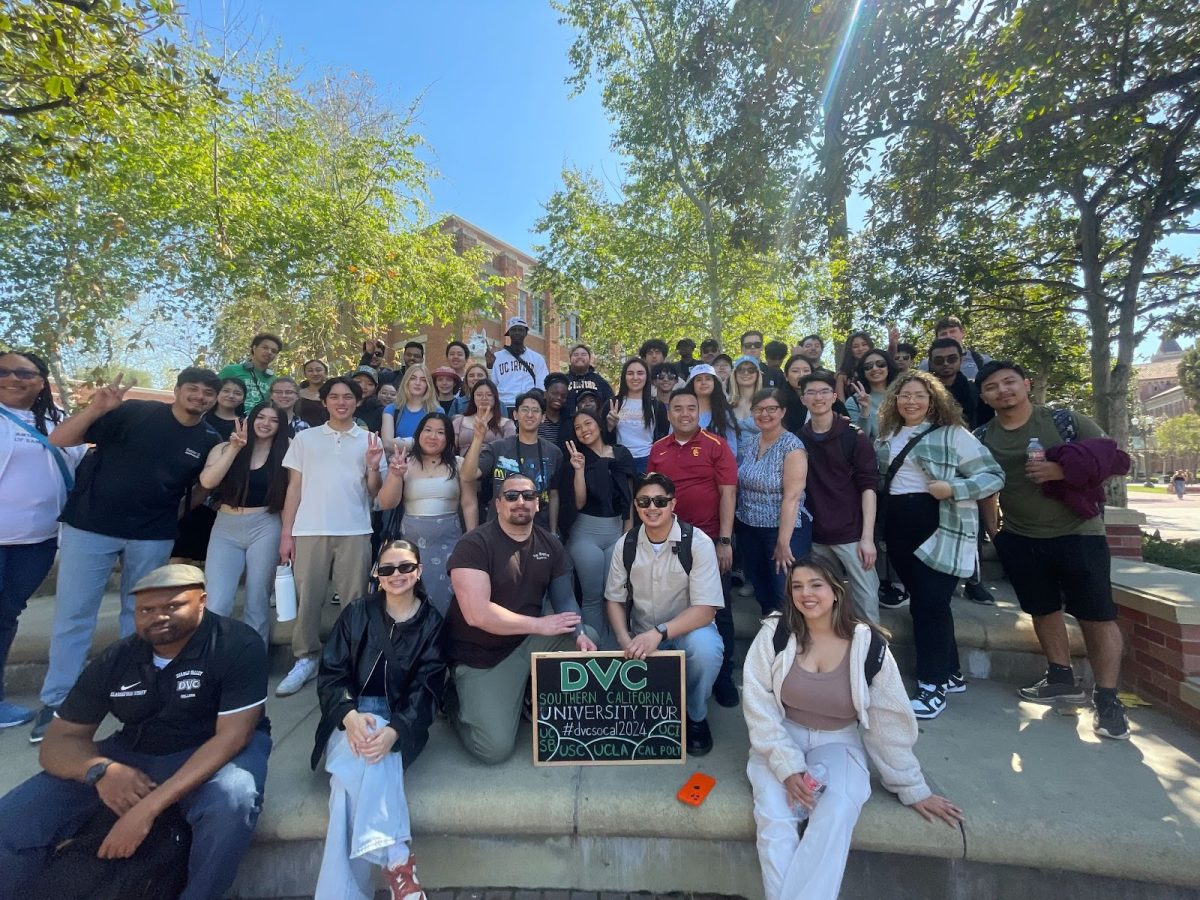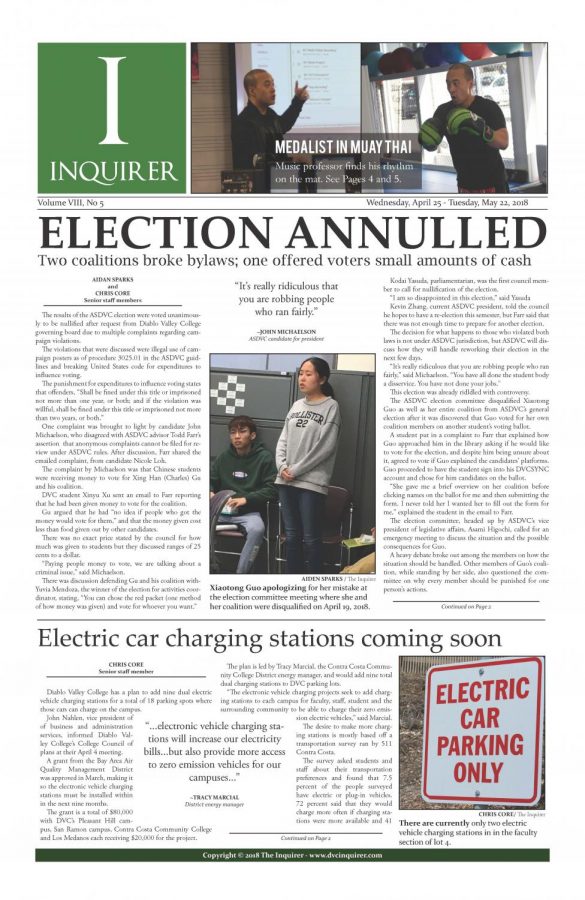Trump Stokes Fears Over Mail-in Ballots and Voter Suppression
October 8, 2020
Constituents across the U.S. are panic-stricken that voter suppression efforts will unfairly shape the Nov. 3 presidential election, now less than four weeks away. The United States Postal Service expects to receive what could be an overwhelming avalanche of ballots this November due to COVID-19, despite recent lawsuits and delivery delays aimed at hampering mail-in voting.
No one has worked harder to cast doubt about the legitimacy of mail-in ballots than President Donald Trump. On Aug. 26, Trump tweeted, “80 Million Unsolicited Ballots are impossible for election centers to tabulate accurately.” He continued: “The fraud and abuse will be an embarrassment to our Country. Hopefully the Courts will stop this scam!”
Throughout the 2020 campaign, Trump has spread misinformation to voters about mail-in ballots, making claims that the USPS cannot handle the flood of incoming ballots on election day and stating without evidence that there will be widespread mail-in ballot voter fraud.
President Trump’s and Republicans’ efforts to suppress mail-in ballot votes come at a time when they are seen as more necessary than ever, due to the COVID-19 pandemic.
Many Americans believe Trump continually claims mail-in voting is fraudulent because of the large number of Democratic mail-in ballots that may negatively affect his campaign. According to a poll conducted on Aug. 31 by the Washington Post/University of Maryland, 57% of the country feels Trump has criticized mail-in voting to try and stop people from voting against him.
Mathew Harwood, managing director of communications and strategy at the Brennan Center for Justice, stated, “There is no evidence that voting by mail results in significant fraud. As with in-person voting, the threat is infinitesimally small.”
Trump’s attempts to misguide people about mail-in ballots is not the only worry Democrats are facing in the upcoming election, but also tactics promoted by Republican legislators that attempt to suppress in-person voters.
According to an American Civil Liberties Union article from Feb. 3, entitled “Block the Vote: Voter Suppression in 2020,” “Suppression efforts range from the seemingly unobstructive, like voter ID laws and cuts to early voting, to mass purges of voter rolls and systemic disenfranchisement.”
The article notes that “certain communities are particularly susceptible to suppression and in some cases, outright targeted — people of color, students, the elderly, and people with disabilities.” Suppression efforts are currently underway by Republican legislators around the country.
A recent example of voter suppression that drew national outrage was Texas Governor Greg Abbott’s decision to limit each county in the state to just one mail-in ballot box.
In an Oct. 1 statement, Gov. Abbott, a Republican, said, “As we work to preserve Texans’ ability to vote during the COVID-19 pandemic, we must take extra care to strengthen ballot security protocols throughout the state. These enhanced security protocols will ensure greater transparency and will help stop attempts at illegal voting.”
Houston Mayor Sylvester Turner reacted in a Facebook post on Oct. 2, explaining why Abbott’s actions are a blatant attempt at voter suppression. “Because of the Governor’s decision today, I would now have to go even farther to drop off an absentee ballot and make sure my vote is counted,” Turner wrote. “Reducing the number of mail-in ballot drop-off sites from 11 to one is a direct attempt at voter suppression …We should be focused on making voting more accessible and stop trying to create obstacles and distractions with unsubstantiated claims of voter fraud.”
This is a huge contrast to what is happening locally. Contra Costa County, which has a population 30 times smaller than Texas, will make 37 outdoor boxes available for ballot drop-offs 24 hours a day, seven days a week, starting Oct. 5 and continuing until 8 p.m. on election day, according to the Contra Costa Elections Division website.






































































